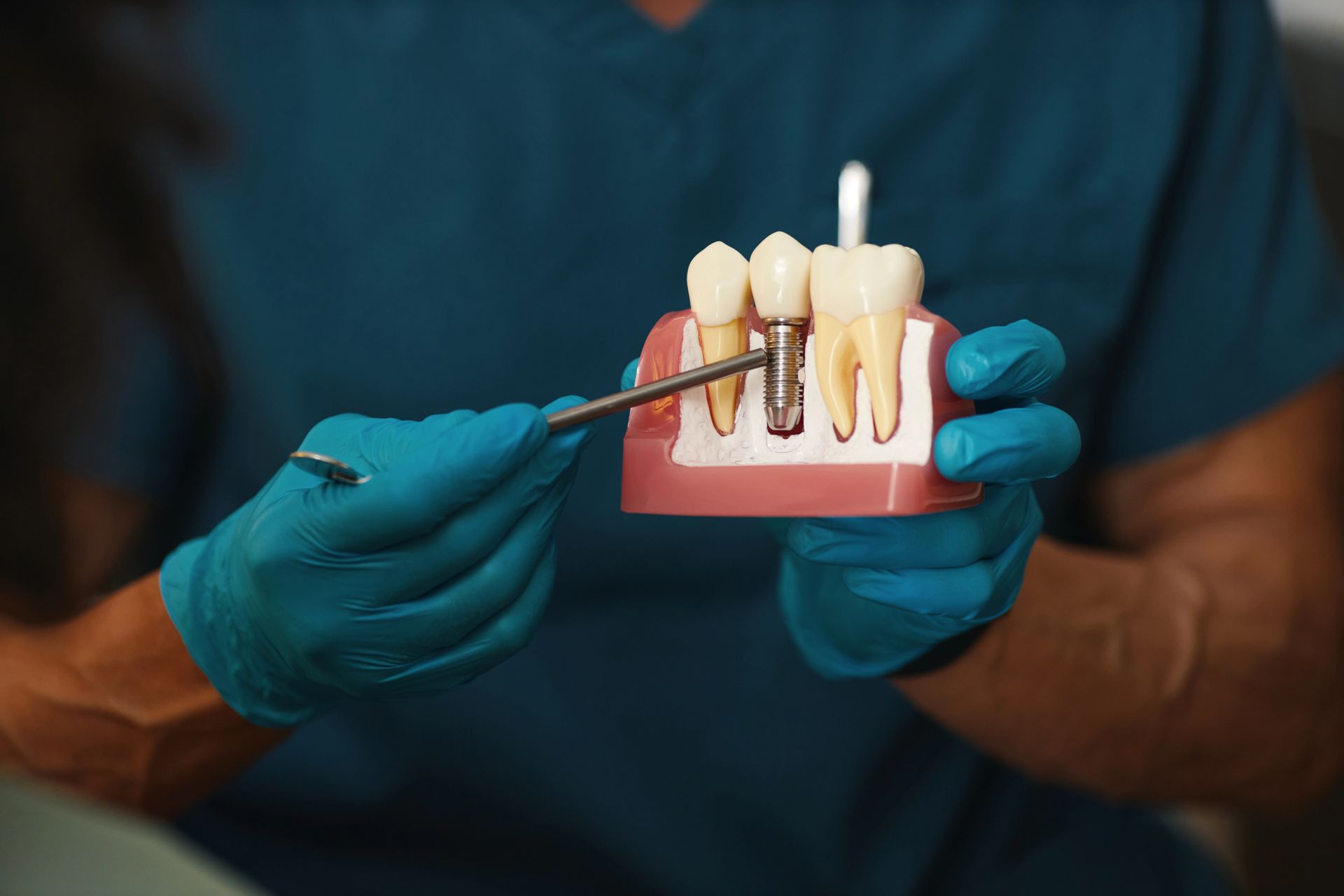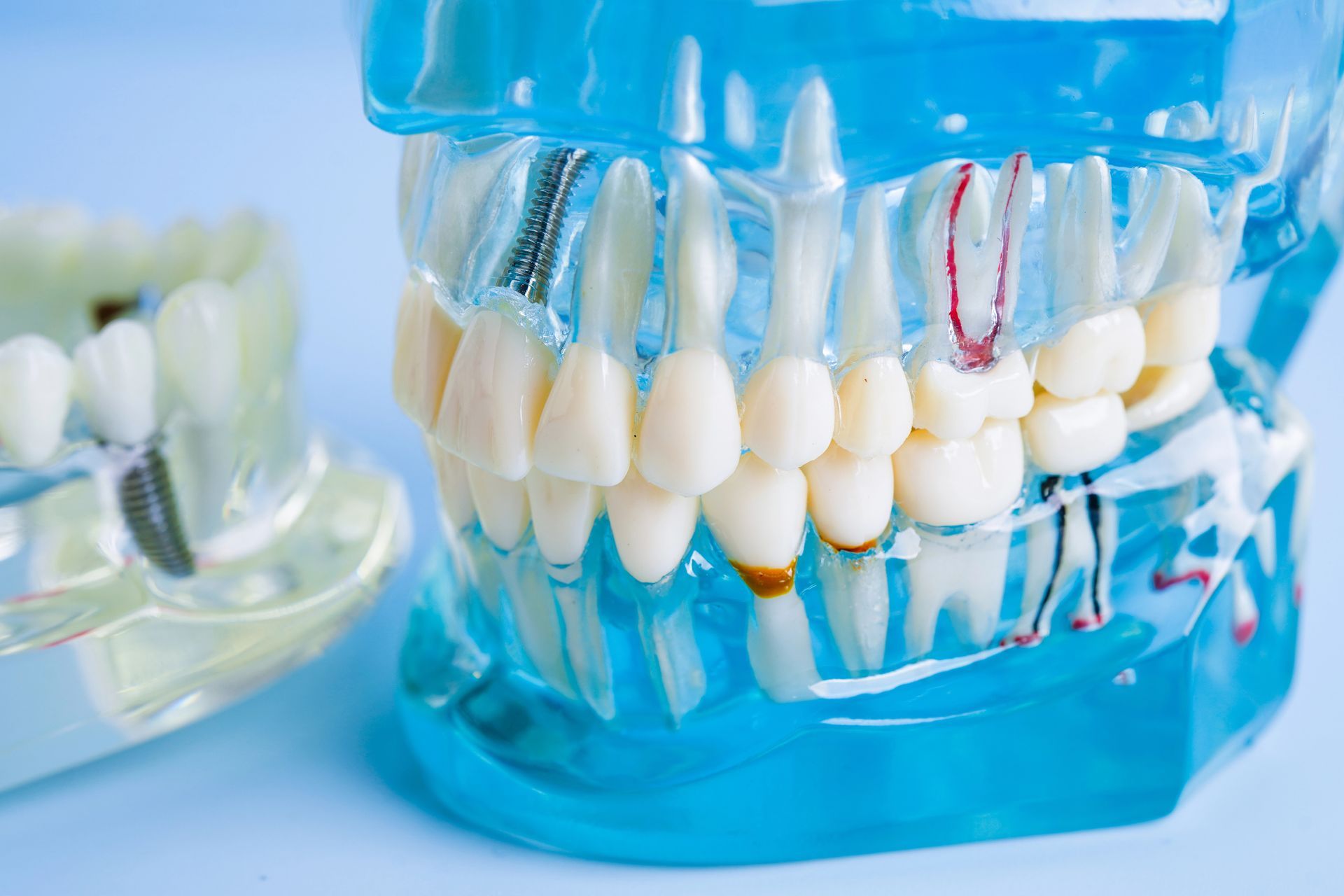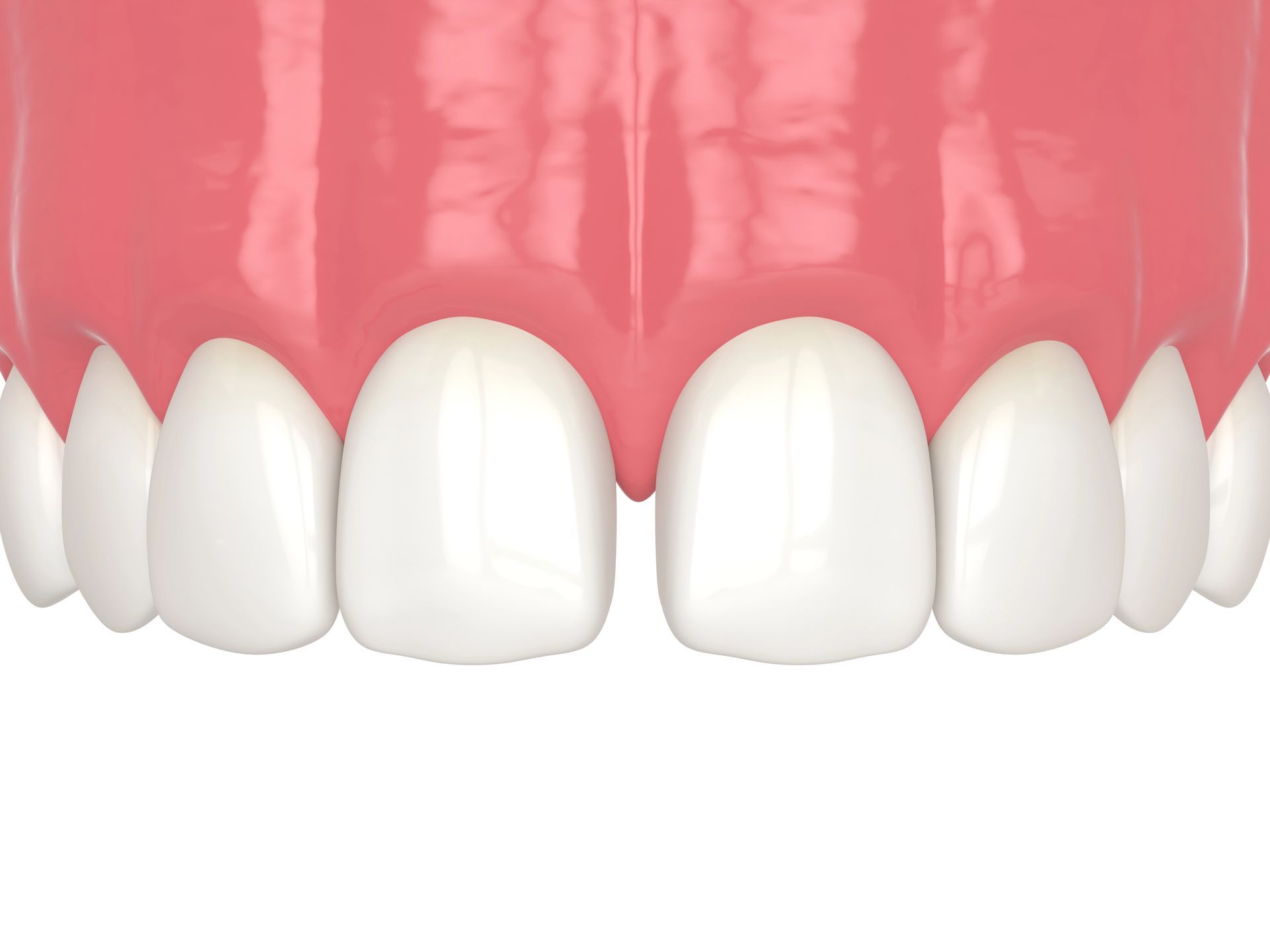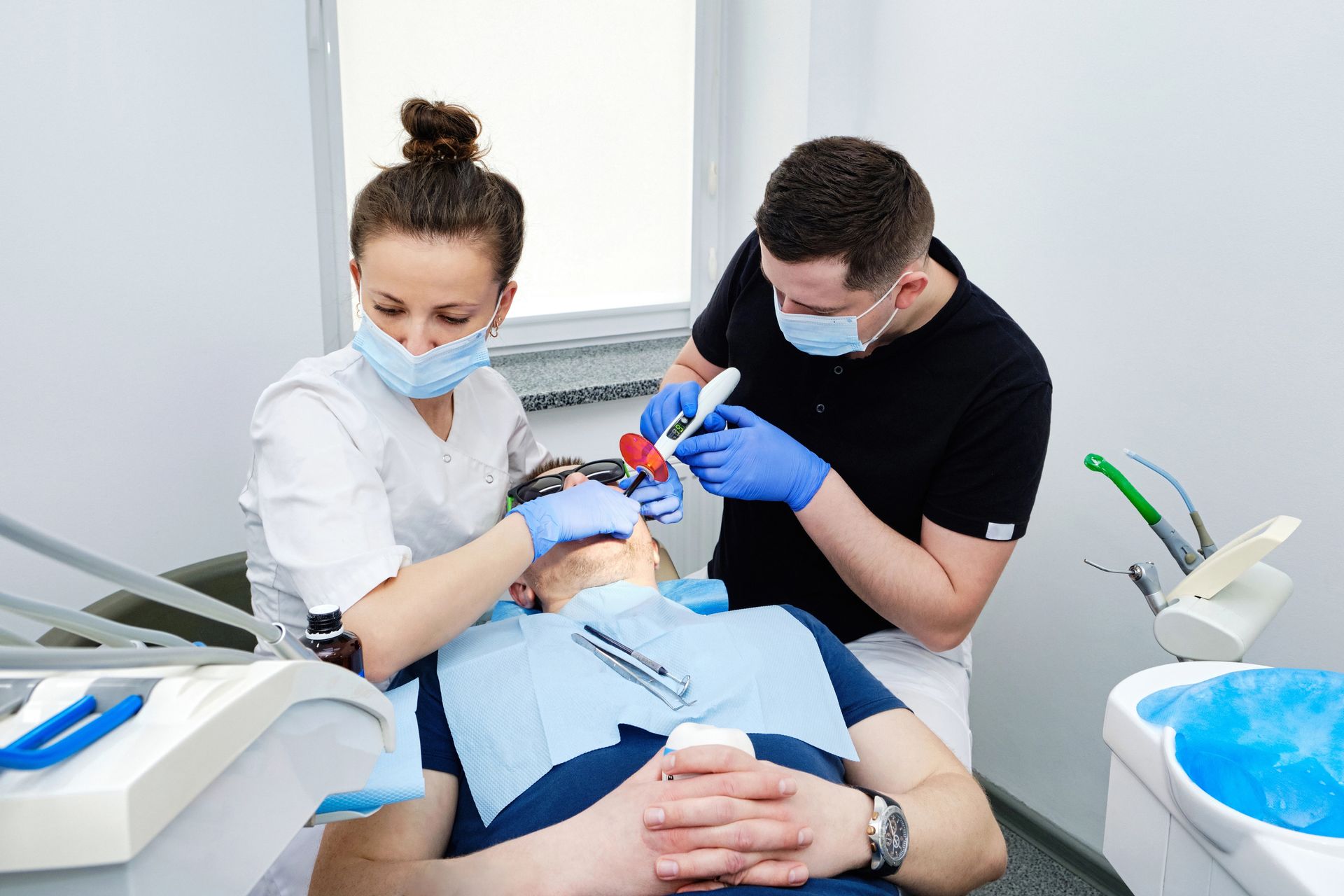Are you considering a durable and aesthetic solution for your damaged teeth? At Design Dentistry Columbia, we specialize in porcelain onlays, a beautiful dental solution that not only restores function but also enhances the natural beauty of your smile with a seamless finish.
Porcelain Onlays: An Overview
Porcelain onlays are a type of dental restoration that offers a beautiful and durable solution for repairing teeth that have a significant amount of damage or decay, but do not require a full crown. Unlike traditional fillings or crowns, porcelain onlays are custom-crafted to fit precisely onto the affected tooth, covering only the damaged area. This conservative approach preserves as much of the natural tooth structure as possible, which is beneficial for long-term dental health. The porcelain material used in onlays closely mimics the look and feel of natural teeth, ensuring that your smile remains aesthetically pleasing and functionally sound. When considering porcelain onlays, it's important to understand the entire restoration process, from preparation to placement.
For those interested in learning more about the steps involved before an onlay is applied, Inlay Teeth: Understanding the Restoration Process provides valuable insights. Porcelain onlays are typically applied over two visits: during the first visit, the dentist prepares the tooth and takes an impression, which is then sent to a dental lab where the onlay is created. On the second visit, the custom onlay is bonded to the tooth. With proper care, porcelain onlays can last for many years, making them an excellent investment in your dental health and the beauty of your smile.
Benefits of Choosing Porcelain Onlays
Porcelain onlays offer a multitude of benefits for those seeking to restore their teeth with a balance of aesthetics and functionality. One of the primary advantages is their exceptional ability to mimic the natural look of your tooth enamel, providing a seamless and virtually undetectable repair. Unlike metal fillings or crowns, porcelain onlays blend perfectly with your natural teeth, ensuring that your smile remains bright and uniform. Moreover, porcelain is highly stain-resistant, which means your onlays will maintain their color without succumbing to discoloration from coffee, tea, or wine. In terms of strength and durability, porcelain onlays are robust and can withstand the daily pressures of chewing, making them a long-lasting solution for tooth restoration. Another significant benefit is the conservative nature of the porcelain onlay procedure. Unlike full crowns that require extensive reshaping of the entire tooth, onlays preserve more of your natural tooth structure because they only cover the damaged or decayed area.
This not only helps to maintain the integrity of your tooth but also results in a less invasive procedure with typically less discomfort and a shorter recovery time. Additionally, porcelain onlays are custom-fitted to your teeth, ensuring a precise fit that promotes better oral hygiene and reduces the risk of future decay. For those in Columbia looking for a durable and aesthetically pleasing dental solution, Durable Onlays in Columbia are an excellent choice.
The Onlay Procedure Explained
Understanding the onlay procedure is crucial for those considering this effective and aesthetic dental solution. Porcelain onlays are custom-crafted to precisely fit the damaged area of a tooth, offering a conservative alternative to full crowns. The process begins with the dentist removing any decay or old filling material, followed by shaping the tooth to ensure a perfect fit for the onlay. Impressions of the tooth are then taken and sent to a dental lab where the porcelain onlay is meticulously fabricated. In the interim, a temporary onlay may be placed to protect the tooth. Once the permanent onlay is ready, it's securely bonded to the tooth, polished, and adjusted for a seamless integration with your natural bite. This restorative technique not only enhances the strength and function of the tooth but also restores its natural beauty, blending indistinguishably with your surrounding teeth.
Caring for Your Porcelain Onlays
Maintaining the beauty and durability of your porcelain onlays is straightforward with proper care. To ensure your onlays last for many years, it's essential to practice good oral hygiene, which includes brushing twice daily with a non-abrasive toothpaste and flossing regularly to prevent plaque buildup. Additionally, visiting your dentist for routine check-ups and cleanings is crucial for monitoring the condition of your onlays. Be mindful of avoiding hard foods that could potentially crack or damage the porcelain, and consider wearing a nightguard if you have a habit of grinding your teeth. By following these simple steps, you can keep your porcelain onlays in pristine condition, preserving the aesthetic appeal and functionality of your smile.
Comparing Onlays to Other Restorations
When considering dental restorations, porcelain onlays stand out for their aesthetic appeal and durability. Unlike traditional fillings that merely fill a cavity, onlays are custom-crafted to cover the entire biting surface of a tooth, providing substantial support and protection. They are often compared to inlays, which fill the space between the cusps, and crowns, which encapsulate the entire tooth. Onlays preserve more of your natural tooth structure than crowns, making them a less invasive option. Additionally, they are superior to amalgam fillings in terms of biocompatibility and appearance, as they can be matched to your natural tooth color. Porcelain onlays blend seamlessly with your teeth, offering a solution that is both functional and cosmetically superior to many other restorative choices.
Conclusion
For expertly crafted porcelain inlays that restore your smile with precision, call Design Dentistry Columbia at 803 667 3919 or read our reviews on Google Maps.










